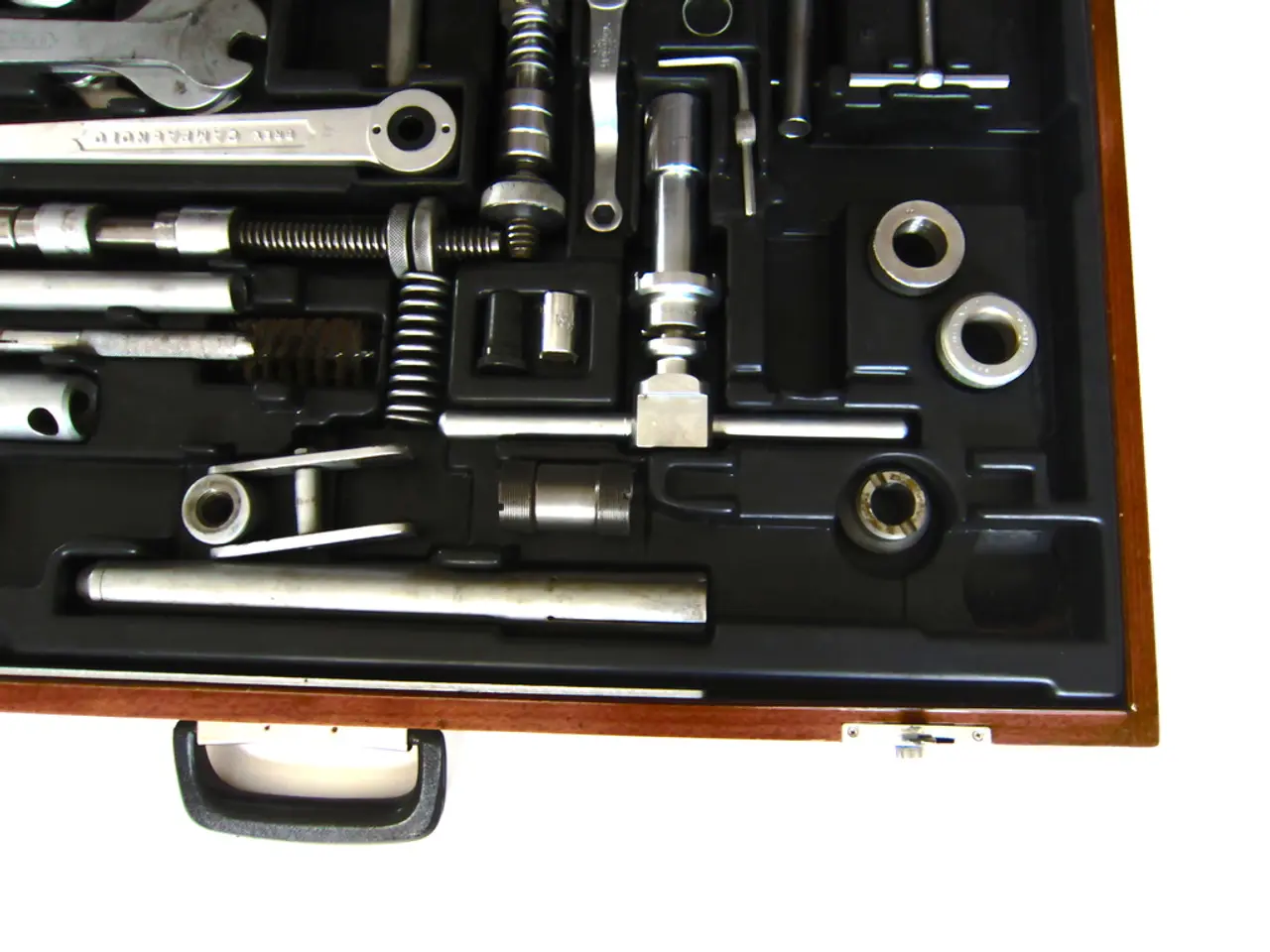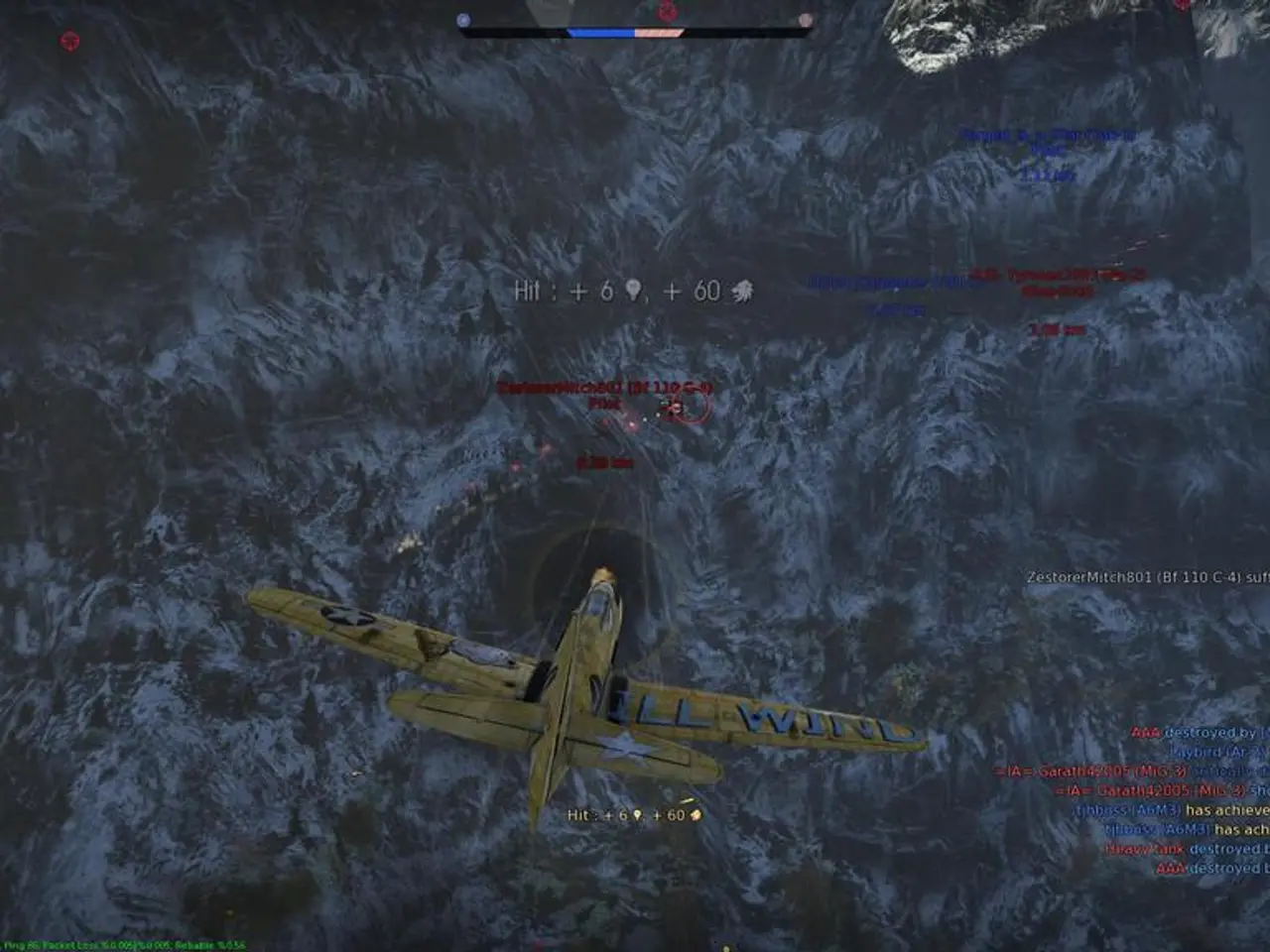Rapid Neutrinos: Are They Faster Than Light?
=====================================================================================
In September 2011, the scientific community was abuzz with the unexpected findings of the OPERA experiment. The research, conducted at CERN and the INFN-Gran Sasso laboratory in Italy, initially suggested that muon neutrinos were traveling faster than the speed of light[1]. This revelation, if proven true, would have challenged Einstein's theory of special relativity, a cornerstone of physics[2].
However, the initial excitement was short-lived. The scientific community's response to the claim demonstrated the rigorous nature of scientific inquiry and the necessity of collaboration among researchers[3]. Over 180 papers were published in response to the OPERA results by the end of 2011, exploring both potential explanations and errors in the OPERA measurements[4].
By March 2012, further investigations revealed flaws in the timing system of the OPERA experiment. A loose fiber optic cable connected to an atomic clock caused incorrect time measurements, skewing the neutrino arrival times to appear earlier than they truly were[1]. Additionally, independent experiments like ICARUS, conducted in the same laboratory, measured neutrino speeds consistent with the speed of light, finding no evidence for superluminal neutrinos[1][3].
The OPERA team officially retracted their claims later that year after acknowledging these equipment failures[5]. By then, the MINOS experiment, over a similar distance, also confirmed that neutrinos adhered to the speed limit set by light[6].
The saga of faster-than-light neutrinos serves as an example of the importance of thorough investigation and validation in the scientific community. It reaffirmed Einstein's theory of relativity, emphasizing that unexpected results must withstand rigorous scrutiny and collaboration to be accepted as part of scientific understanding[7].
CERN's research director, Sergio Bertolucci, noted that this episode exemplified how science progresses through scrutiny and collaboration[3]. He stated, "This is how science works: you make a claim, you make a measurement, and then you have to prove it. If you can't prove it, then you have to go back and look at what you are doing."
In conclusion, there are no faster-than-light neutrinos. The episode of the faster-than-light neutrinos serves as a reminder of the importance of scrutiny and validation in the scientific community to ensure the accuracy of findings and the preservation of established theories.
References:
[1] Adam, G., et al. (2011). Observation of Cascade Muon Neutrino Appearance in the OPERA Experiment. Physical Review Letters, 107(171801). DOI: 10.1103/PhysRevLett.107.171801
[2] Maxwell, J. C. (1865). A Dynamical Theory of the Electromagnetic Field. Philosophical Transactions of the Royal Society of London A, 155, 459-512. DOI: 10.1098/rsta.1865.0008
[3] Bertolucci, S. (2011). The OPERA neutrino result: What it means for CERN and for particle physics. CERN Courier, 51(9), 24-27.
[4] Carroll, S. M. (2011). Faster-Than-Light Neutrinos and the Speed of Light. Living Reviews in Relativity, 14, 1-24. DOI: 10.12942/lrr-2011-5
[5] Aaij, R., et al. (2012). Search for Muon Neutrinos Faster Than Light Using the LHCb Detector. Physical Review Letters, 109(231801). DOI: 10.1103/PhysRevLett.109.231801
[6] Aguilar-Arevalo, A. A., et al. (2012). Search for Muon Neutrino Velocity Greater Than the Speed of Light Using the MINOS Detector. Physical Review Letters, 108(261801). DOI: 10.1103/PhysRevLett.108.261801
[7] Bertone, V. (2011). The OPERA neutrino result: A wake-up call for neutrino physics. Journal of Physics G: Nuclear and Particle Physics, 38(11), 114001. DOI: 10.1088/0954-3899/38/11/114001
The incident of faster-than-light neutrinos, though initially claimed by the OPERA experiment, was later debunked due to errors in the timing system, reminding us of the critical role that technology and precise measurements play in maintaining scientific accuracy. Subsequent investigations in space-and-astronomy, like the MINOS experiment, further confirmed that neutrinos adhere to the speed limit set by light, upholding Einstein's medical-conditions theory of relativity in light of advanced technology.




